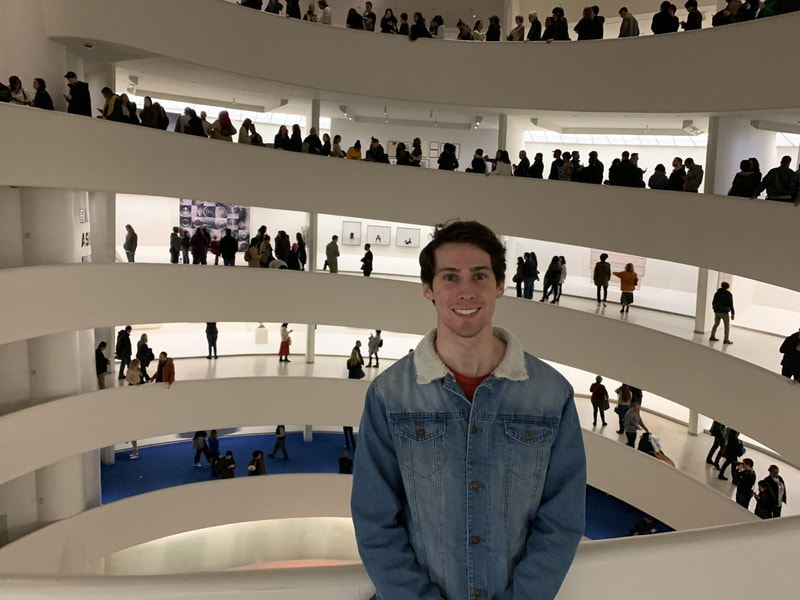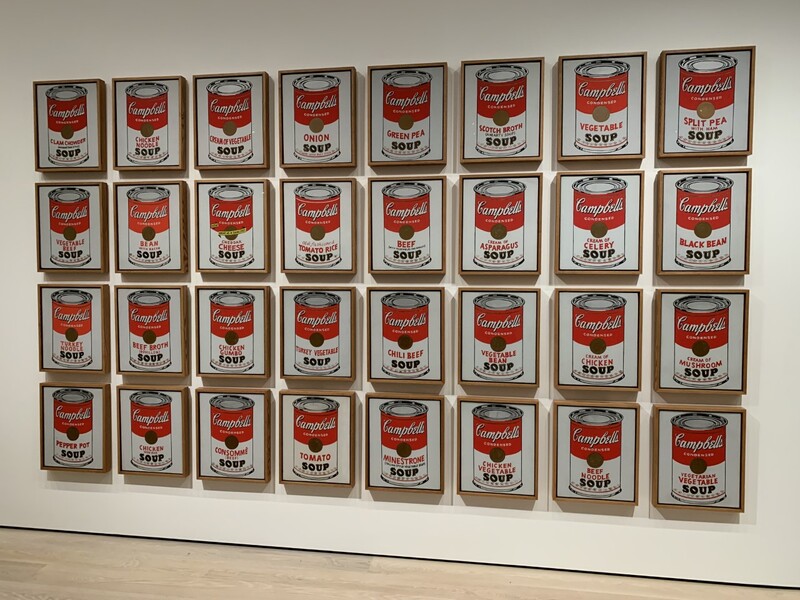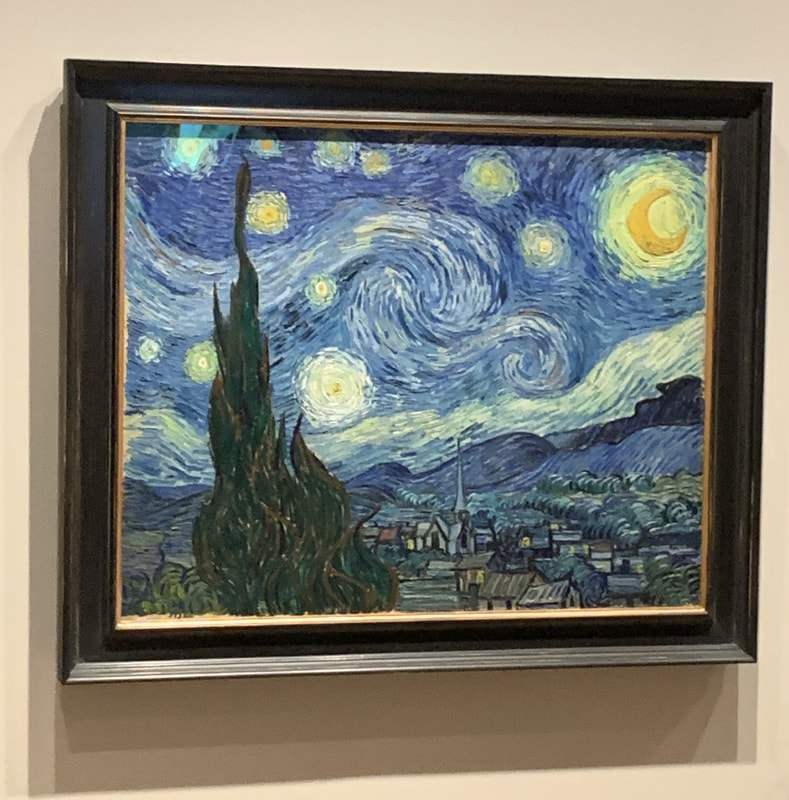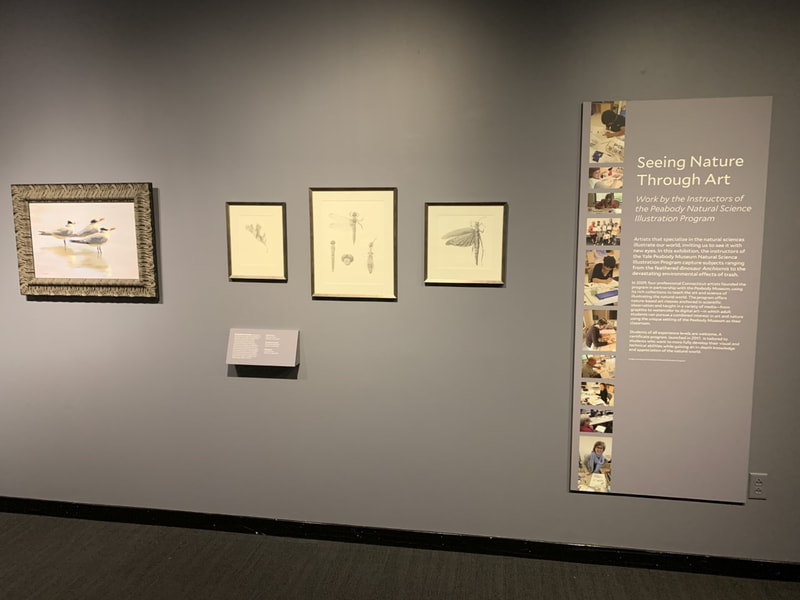We have been making art since before we had written language or agriculture, as evidenced by cave drawings and petroglyphs around the world. For those hunter gatherers, every day was a fight for survival, and yet they still spent immense time and resources on making complex artwork. This makes me think that art is not just an activity that some people do for fun, but an ingrained survival skill. After all, art requires imagination, and imagination is necessary for problem solving. We have been able to advance this far as a species because whenever we are faced with a challenge, we think of a way to overcome it. Even today, our greatest innovations usually start out as a simple sketch.
This semester, I had the opportunity to attend architecture lectures at Yale University, and learned how the artists of the Bauhaus movement in 1920s Germany used art to fight inequality, not through violence, but through their modern, simple, affordable designs, which can now be observed in just about any product one finds at IKEA. I learned how art is incorporated into school designs on Native American reservations in such a way that helps the students retain their culture and history.
From the books I read on art and design, I learned how creative thinking is critical to businesses’ success and technological innovation. A company, nation, or person who stops thinking creatively is doomed to fail, for change is the only true constant, and if you have a mindset of sticking with what is safe and known, you will be unable to adapt to these changes. As Pixar founder John Lasseter said, “The art challenges the technology, and the technology inspires the art.”
What I learned through my exploration of art and design is that no matter what form they take, our artistic accomplishments are as important as our feats of engineering and scientific progress. Art has catalyzed social and political upheaval. It makes us question the status quo and challenges our existing worldview. One of the first and most important rules of drawing is to get rid of all your preconceived notions and look at the subject simply as shapes and colors in space. Imagine if we could treat every problem, every situation, with that same lens of objectivity and open-mindedness.
This semester, I had the opportunity to attend architecture lectures at Yale University, and learned how the artists of the Bauhaus movement in 1920s Germany used art to fight inequality, not through violence, but through their modern, simple, affordable designs, which can now be observed in just about any product one finds at IKEA. I learned how art is incorporated into school designs on Native American reservations in such a way that helps the students retain their culture and history.
From the books I read on art and design, I learned how creative thinking is critical to businesses’ success and technological innovation. A company, nation, or person who stops thinking creatively is doomed to fail, for change is the only true constant, and if you have a mindset of sticking with what is safe and known, you will be unable to adapt to these changes. As Pixar founder John Lasseter said, “The art challenges the technology, and the technology inspires the art.”
What I learned through my exploration of art and design is that no matter what form they take, our artistic accomplishments are as important as our feats of engineering and scientific progress. Art has catalyzed social and political upheaval. It makes us question the status quo and challenges our existing worldview. One of the first and most important rules of drawing is to get rid of all your preconceived notions and look at the subject simply as shapes and colors in space. Imagine if we could treat every problem, every situation, with that same lens of objectivity and open-mindedness.




